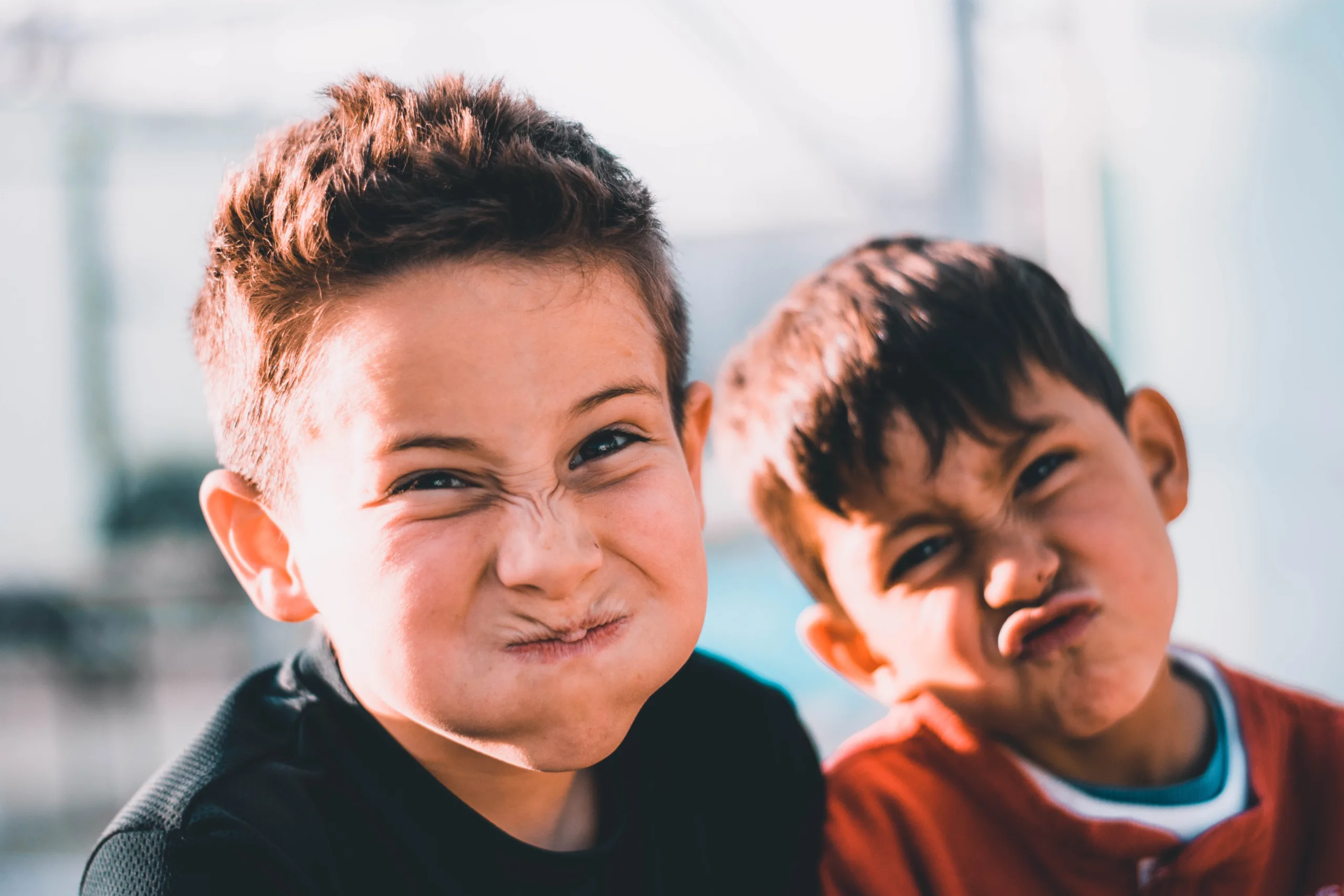Introduction
Welcome to our guide on yoga poses for kids! Yoga is not only a great exercise for adults but also a wonderful activity for children. In this article, we will explore different yoga poses that are specifically designed for kids. These poses are fun, engaging, and provide numerous benefits for their physical and mental well-being. So, let’s dive in and discover the exciting world of yoga poses for kids!
Why Yoga for Kids?
Yoga offers a wide range of benefits for children, making it an ideal activity for them. Here are some reasons why yoga is great for kids:
- Physical Development: Yoga poses for kids help improve their strength, flexibility, coordination, and balance. These poses engage their muscles and promote overall physical fitness.
- Mental and Emotional Well-being: Yoga encourages mindfulness and relaxation, allowing children to develop a sense of calmness, focus, and self-awareness. It helps them manage stress, anxiety, and improve their emotional well-being.
- Body Awareness and Confidence: Through yoga, children develop a better understanding of their bodies and learn to appreciate their strengths. This builds their self-confidence and promotes a positive body image.
Getting Started with Yoga for Kids
If you’re new to yoga or introducing it to your children for the first time, here are some steps to get started:
Step 1: Choose the Right Yoga Style for Kids
When it comes to yoga for kids, it’s important to select a style that is age-appropriate and engaging. Some popular yoga styles for kids include:
- Hatha Yoga: This style focuses on basic yoga poses, breathing exercises, and relaxation techniques. It’s a gentle and accessible style for children.
- Vinyasa Yoga: Vinyasa yoga incorporates flowing movements and synchronizes them with breath. It can be adapted for kids by simplifying the sequences and introducing playful elements.
- Animal-Themed Yoga: This style uses animal poses and movements to make yoga fun and interactive for kids. It allows them to imitate animals while practicing yoga.
Step 2: Create a Safe and Welcoming Space
Prepare a dedicated space for yoga practice that is safe and free from distractions. Clear the area of any objects that could be hazardous. Consider using a yoga mat or a soft surface to ensure comfort and prevent slipping.
Step 3: Keep it Fun and Engaging
Make yoga enjoyable for kids by incorporating games, storytelling, music, and props. Use their imagination and creativity to make the yoga session interactive and entertaining. Incorporating themes or adventures can also add excitement to the practice.
Step 4: Start with Simple Poses
Begin with simple yoga poses that are easy for kids to grasp. Here are a few beginner-friendly poses to start with:
1. Mountain Pose (Tadasana)
- Stand tall with feet hip-width apart, arms relaxed by the sides.
- Take a deep breath in and stretch the body upwards.
- Imagine being as strong and steady as a mountain.
2. Tree Pose (Vrikshasana)
- Stand tall and shift the weight onto one foot.
- Place the sole of the other foot on the inner thigh or calf of the standing leg.
- Bring hands together in prayer position and balance.
3. Cat-Cow Pose
- Come onto all fours with hands directly under the shoulders and knees under the hips.
- Inhale, arch the back, lift the head, and look up (cow pose).
- Exhale, round the back, tuck the chin, and look towards the belly (cat pose).
Remember to demonstrate and explain each pose to your kids, and encourage them to follow along while providing gentle guidance and support.
FAQs about Yoga for Kids
Q1: What kind of yoga is good for kids?
There are various yoga styles suitable for kids, but Hatha yoga and animal-themed yoga are particularly popular and effective. These styles offer age-appropriate poses and activities that engage children in a playful and enjoyable manner.
Q2: How do I start yoga for kids?
To start yoga for kids, choose an appropriate yoga style, create a safe practice space, make it fun and engaging, and introduce simple poses gradually. Incorporate games, storytelling, and props to enhance the experience.
Q3: What is the correct age to start yoga?
Children can start practicing yoga as early as the age of three or four, but it’s essential to consider their individual development and readiness. Consult with a pediatrician or a qualified yoga instructor to determine the best age to start.
Q4: Is yoga safe for kids?
Yes, yoga is generally safe for kids when practiced under proper supervision and guidance. Ensure that the yoga poses and activities are appropriate for their age, abilities, and physical limitations. If your child has any pre-existing medical conditions, consult with a healthcare professional before starting yoga.
Q5: Can you start yoga at any age?
Yes, yoga can be practiced at any age. Whether you’re a child, a teenager, an adult, or a senior, you can enjoy the benefits of yoga. However, it’s important to choose the appropriate level of practice and modify the poses as needed based on individual capabilities.
Conclusion
Yoga poses for kids offer a fantastic way to introduce physical activity, mindfulness, and fun into their lives. By practicing yoga, children can enhance their physical fitness, develop mental focus, and cultivate a sense of self-awareness and confidence. Remember to create a safe and enjoyable environment, choose age-appropriate poses, and make the experience interactive and engaging. So, roll out the mats, gather your little yogis, and embark on a joyful journey of yoga for kids!
External Links:
